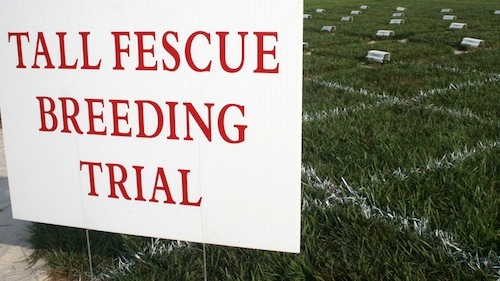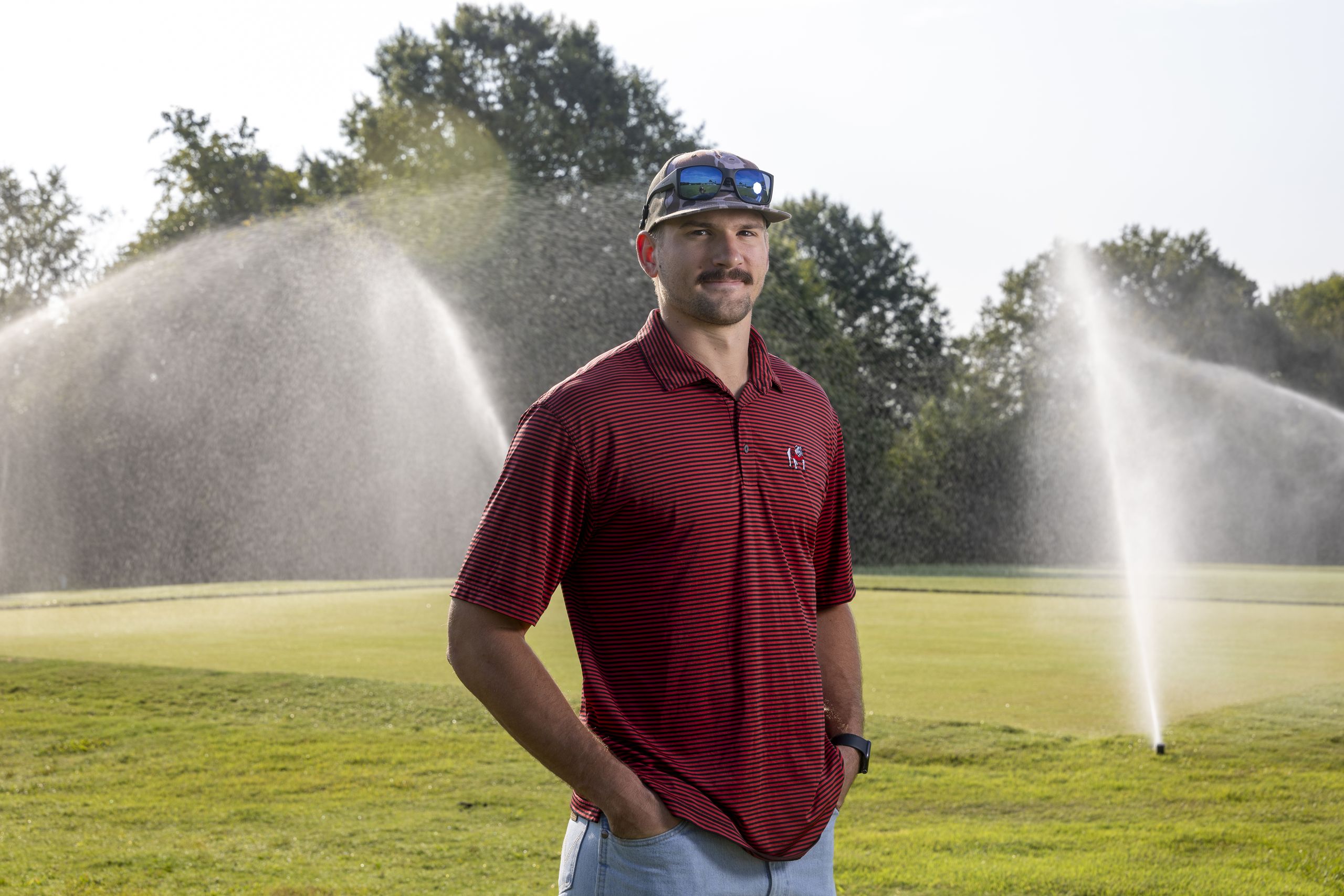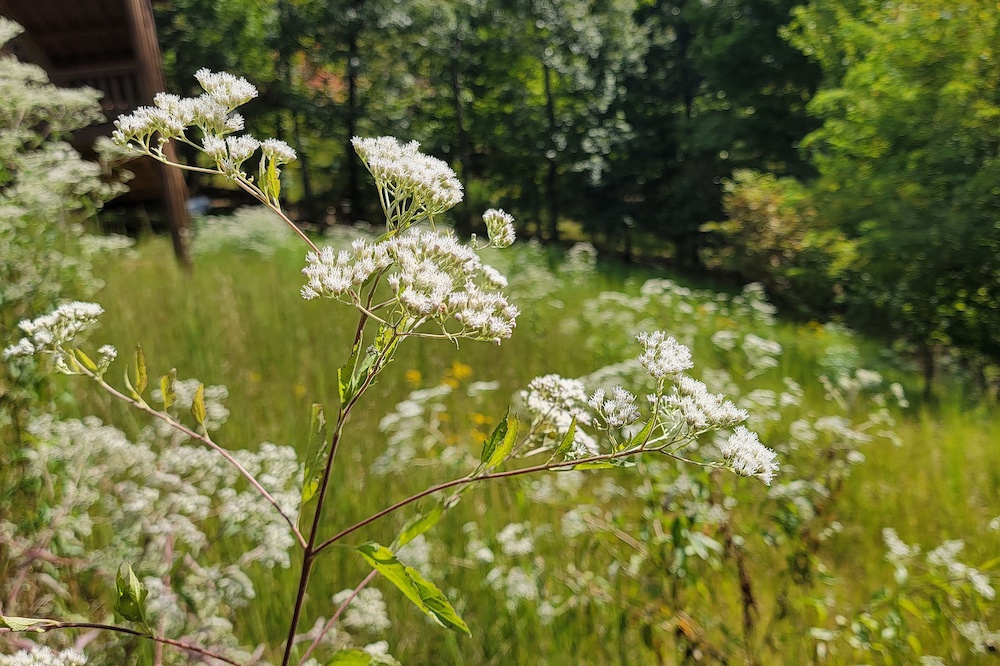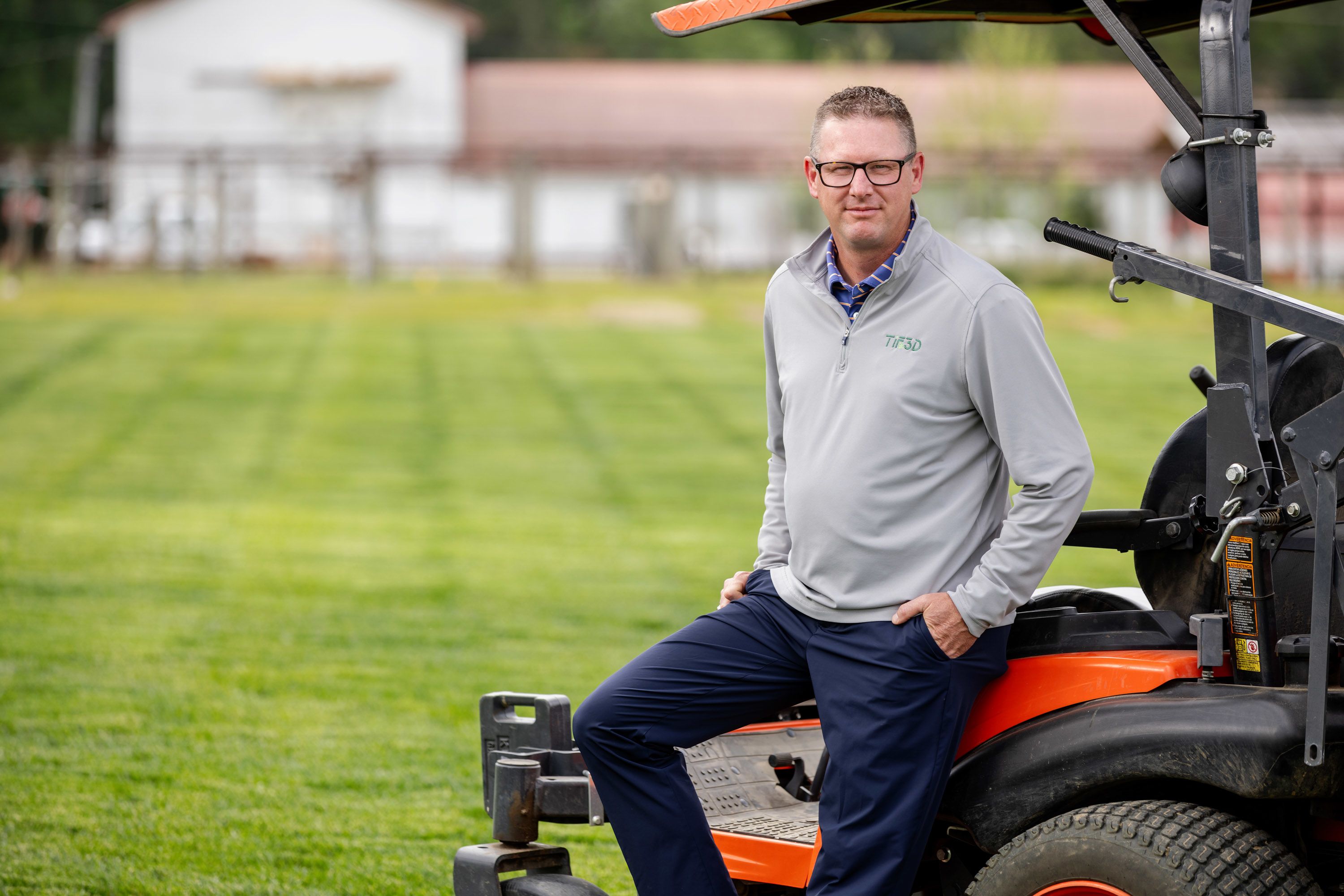The most popular and most successful grass planted in the north Georgia is tall fescue, and September is the time to act if you want to plant a new fescue lawn.
September plantings of tall fescue are much more successful than spring plantings, but preparation is essential before seeding. Till the soil as deeply as possible; 4 to 6 inches is ideal.
Prepare soil
Rake to remove lumps and other debris to provide a better seeding surface and better appearance. This is also a good time to fill in holes, trenches, and low places so the lawn will have a smooth appearance. This will also make the lawn easier to mow.
A soil test eliminates the guesswork in fertilization. When time restricts the use of a soil test, apply limestone at a rate of 40 pounds per 1,000 square feet if limestone has not been applied during the last 3 to 5 years. There are several different types of limestone or lime on the market and any type of lime will work.
Fertilize before planting by applying 8 to 17 pounds of 6-12-12 or 13-13-13 per 1,000 square feet. Rake the area to work the fertilizer and limestone into the soil.
Choose turfgrass variety
When choosing which tall fescue to plant, there are a few factors to consider. Kentucky 31 is the old standby. It has been around a long time and is still a good choice if you want to plant the seed and forget it. If you enjoy managing a lawn, there are some improved varieties available. These have thinner leaf blades and may stand up better during hot dry spells in the summer. They may cost more and require more management, but they can provide an excellent lawn if managed correctly.
Heavy seeding gives the best results. Research indicates that 5 to 6 pounds of seed broadcast per 1,000 square feet is adequate. The seed should be covered lightly by raking or dragging. The important factor to remember is that seed does not need to be planted deep, but it needs good seed to soil contact.
If the lawn is sloped, consider covering the seed with straw. One problem with straw is that it sometimes contains weed seeds, so choose clean straw when possible.
Irrigate
To prevent the seedlings from drying out and dying during the first few weeks, provide an inch of water a week. If it does not rain, apply the water lightly with multiple irrigation events throughout the day. Typically tall fescue will germinate within 7 to 14 days, irrigation can be reduced as the seedling develops a root system and is capable of acquiring water from greater soil depths.
By November you should have a thick green carpet when other grasses have started into dormancy.
Call your local University of Georgia Cooperative Extension office for more information on turfgrasses best suited for your area of Georgia or go to the website








